Parkour, also known as l'art du déplacement, is the art of efficient movement in urban and natural spaces. Its goal is to quickly, smoothly and efficiently overcome obstacles such as walls, railings or benches. For traceurs (parkour practitioners) it is not just a sport, but a way of thinking and living.

Parkour park in Krakow (Avia housing estate, Czyżyny)
Although the two sports are related, there are two basic differences:
Although the essence of parkour is to take advantage of what urban space has to offer, in recent years more and more cities around the world have decided to create spaces dedicated to traceurs.
In Poland, the leader in the design and construction of professional parkour parks is FlowParks, part of the Techramps Group. The brand has more than 200 projects in its portfolio at home and abroad. These include.
innovations in projects, i.e. 3D printing from concrete.
FlowParks has been offering comprehensive implementation of sports facilities since 2013. From concept and design, through obstacle production, to installation and certification in accordance with safety standards.
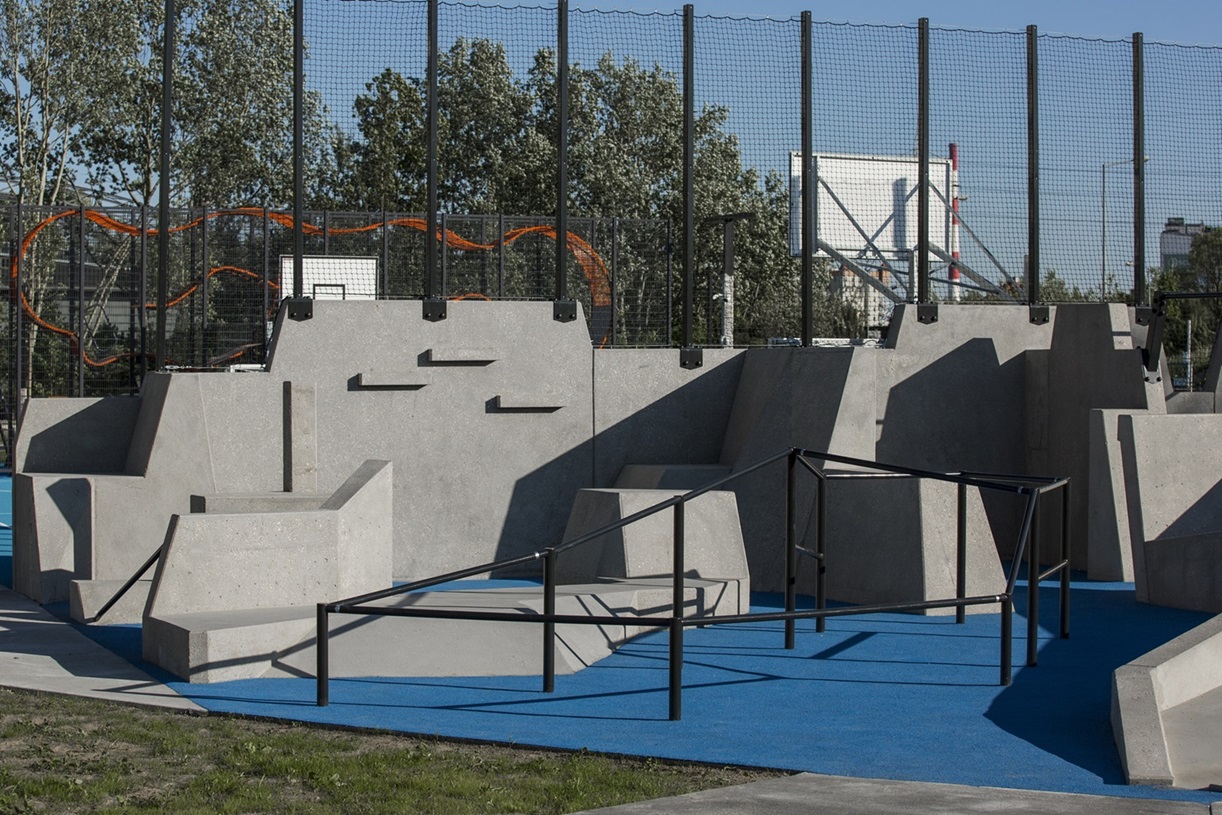

Where in the world is parkour most popular?
Parkour is growing rapidly around the world, but particularly strong communities and extensive infrastructure are found:
It was here, in the Paris suburb of Lisses, that the movement started by David Belle was born. France has been investing in urban infrastructure to support parkour for years, and the leading parkour contractor in France is Playgones, which has projects across the country.
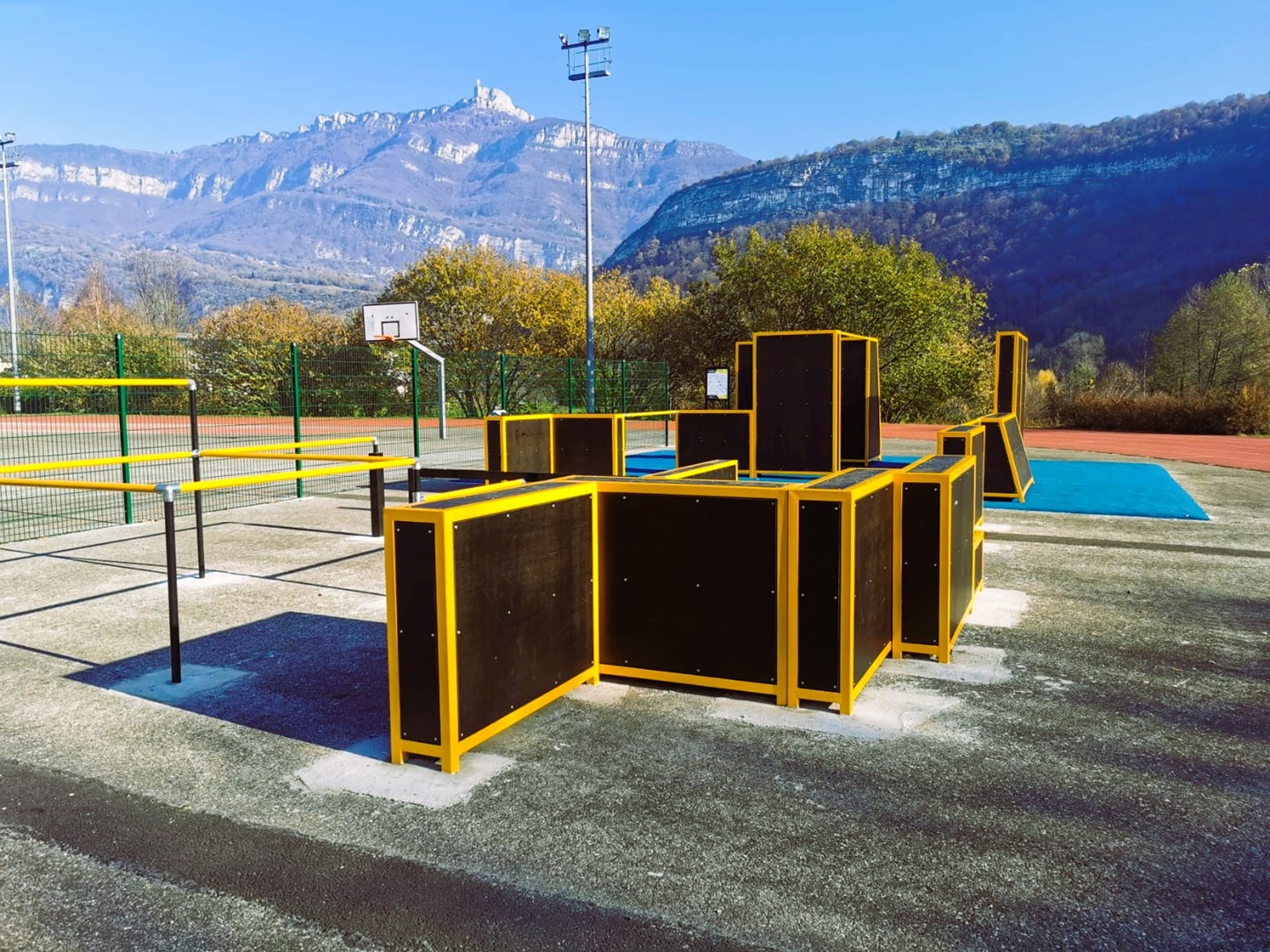
Beautifully located Flowpark in the town of Chambery
The US is one of the largest markets for urban sports. The multitude of large cities and perfectly developed architecture is a paradise not only for tracers, but also for all urban sports. Despite the large availability of urban obstacles, the US also has many dedicated parkour parks. A realization that is definitely worth mentioning here is the Parkour Park in Mount Kisco, which has been equipped with a unique in the world zone simulating balconies.
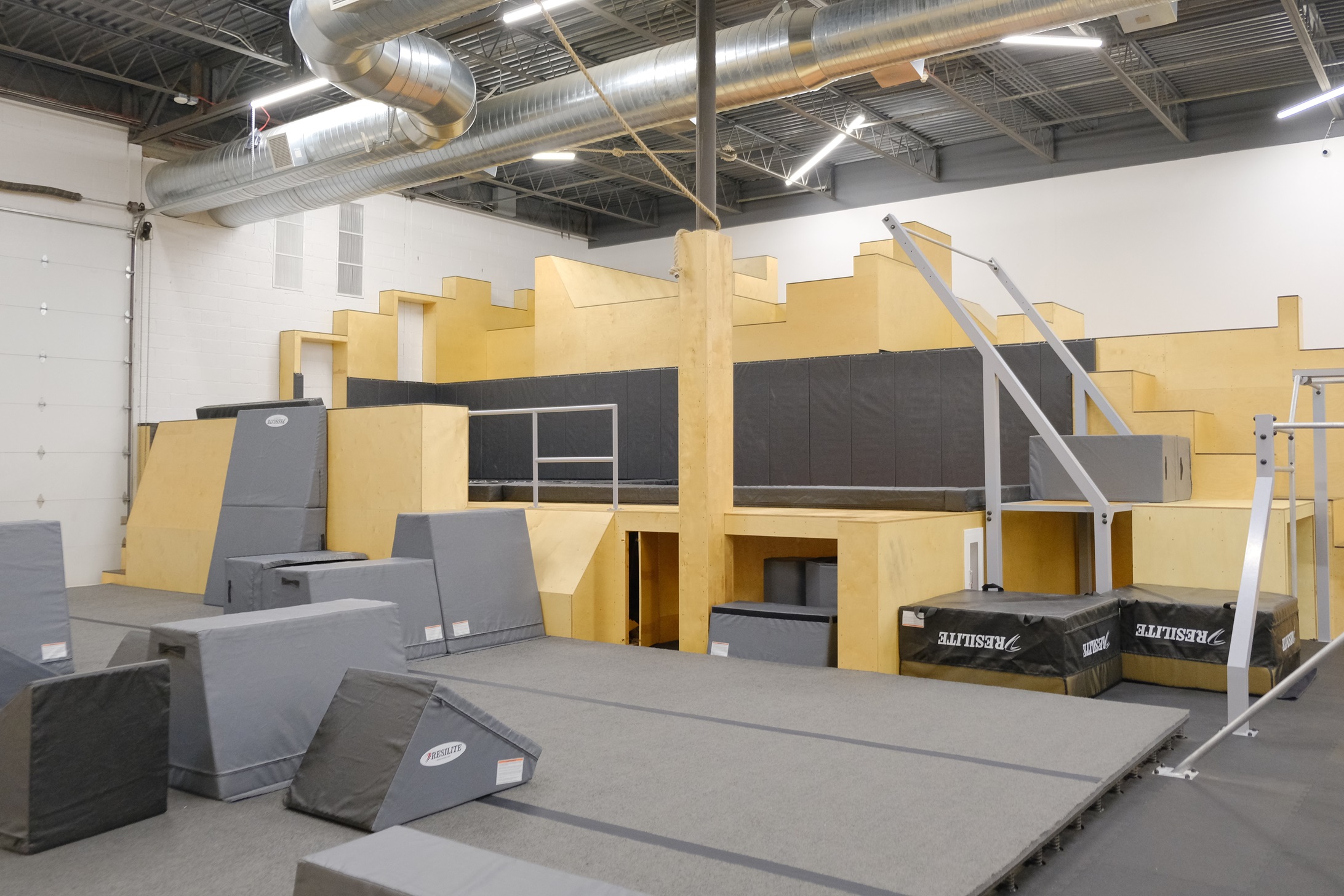
In Ireland
Ireland has been rapidly developing parkour-related sports infrastructure in recent years - particularly in Dublin and Cork, where professional parks and training spaces have been established. Support is also being given to local traceur groups and educational initiatives to promote the sport among young people.
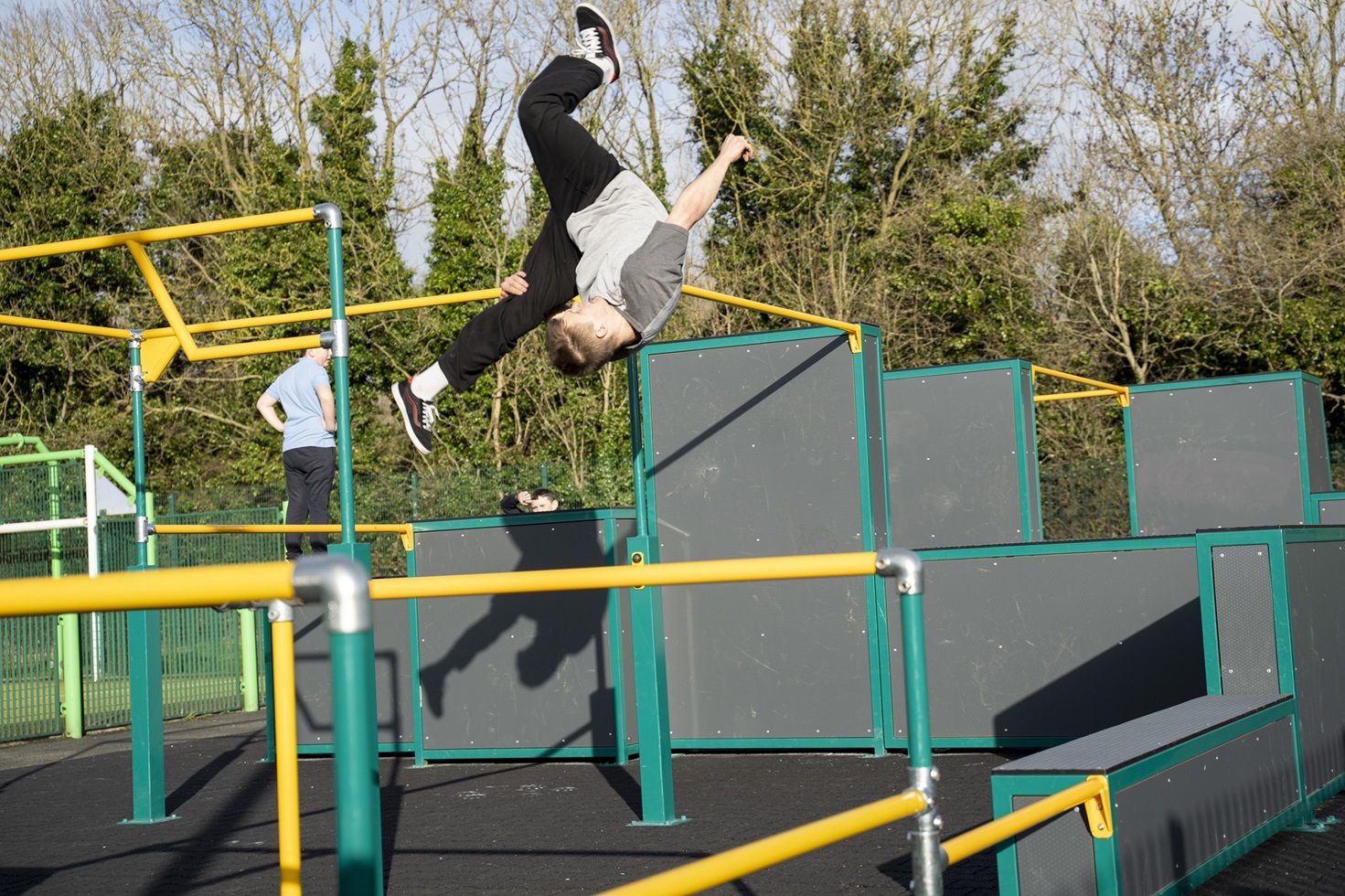
As the popularity of parkour grows around the world, so does the technology of parkour design and construction. Today's flowparks for parkour are not just a set of metal tubes or concrete blocks - they are the result of collaboration between engineers, athletes and urban architects. Increasingly , composite materials, sustainable technologies and even 3D printing are being used.
In 2024, FlowParks completed a groundbreaking project - the first in Poland and the second in the world 3D printed concrete parkour park, which was built in Park Przy Bażantarni in Warsaw's Ursynów district.
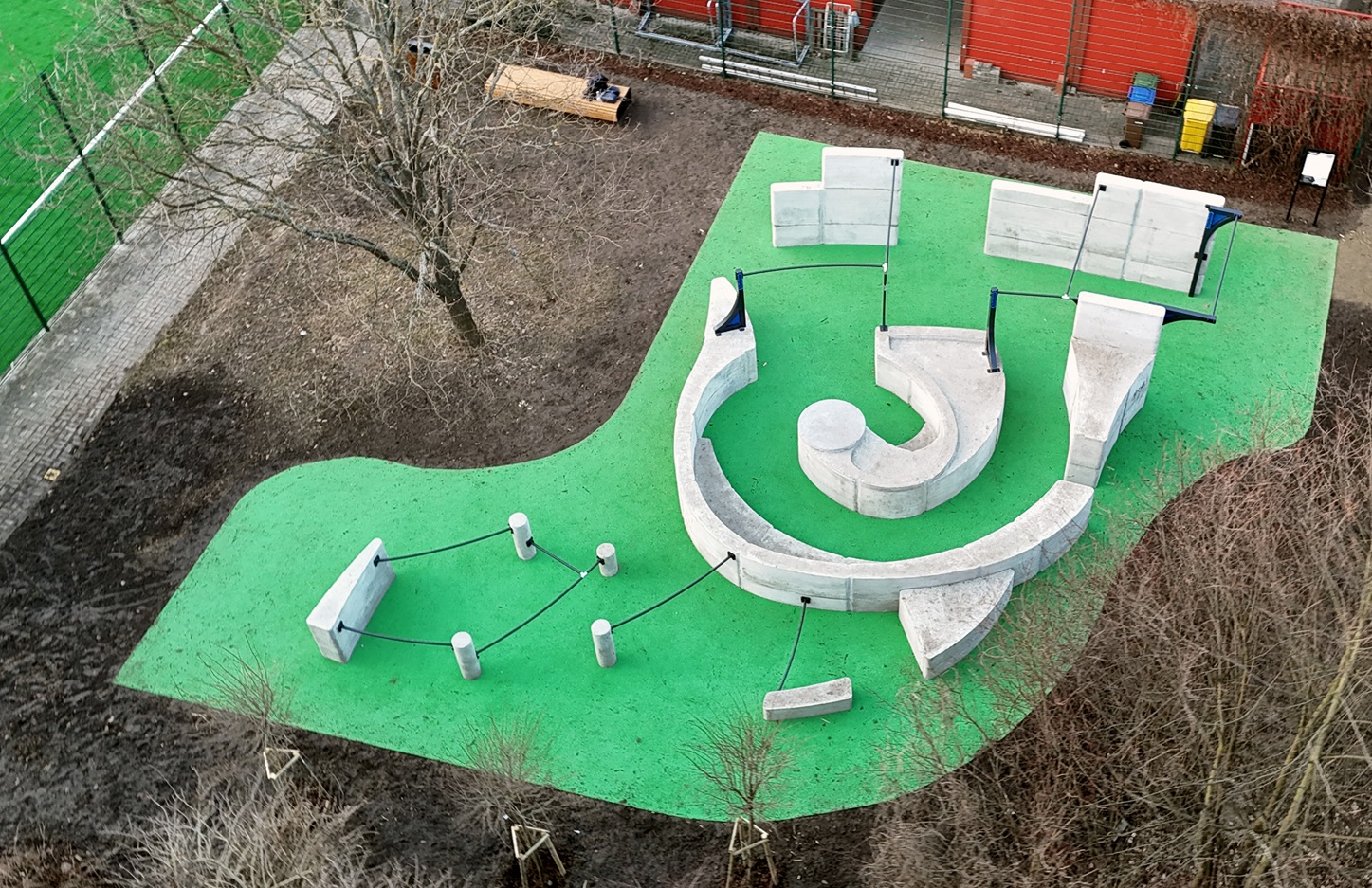
Parkour Park Ursynów, Warsaw
What sets it apart?
It's a project that shows that parkour can be part of a smart, green city of the future.
Visit our website to learn more about the solutions we create to support traceurs and the development of parkour culture.